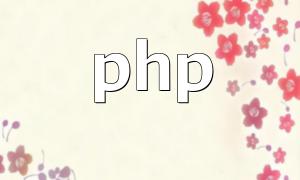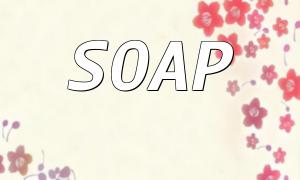In modern web development, one common question is how to read PHP file content in iApp. PHP is a widely used server-side scripting language capable of handling various dynamic content. This article will provide you with detailed steps and example code to help you efficiently read PHP file content in iApp.
Before we begin, it's important to understand the basic structure of a PHP file. A simple PHP file typically includes HTML tags and PHP code. Here's an example:
This PHP code will be executed on the server and the result will be returned to the client.
To allow iApp to read the PHP file content, you first need to ensure that there is effective communication between iApp and the PHP file. Usually, this can be achieved via an HTTP request. Below are the steps to connect iApp and PHP:
First, you need to create a PHP file on your web server. For example, you can create a file named example.php, which contains the content you want iApp to read:
Next, in your iApp, you need to use the networking library to send an HTTP request to retrieve the PHP file content. Below is an example code using Swift:
In this example, we use URLSession to send the HTTP request and handle the response to get the PHP file content.
Once iApp successfully retrieves the PHP file response data, you need to parse and process it. Since the returned data is typically in JSON format, it should be parsed accordingly. Here’s an example of how to process JSON data:
Through the steps outlined above, you have learned how to read PHP file content in iApp. Whether it’s creating the PHP file, sending an HTTP request, or handling the response data, these skills will be extremely helpful when developing your iApp applications. Mastering these techniques will allow you to develop powerful applications with ease.









